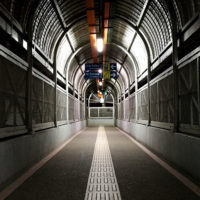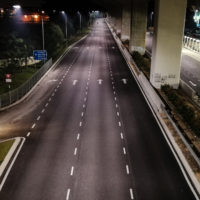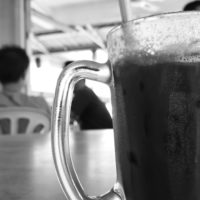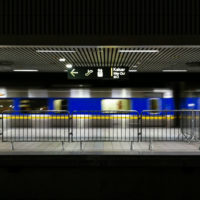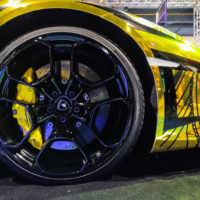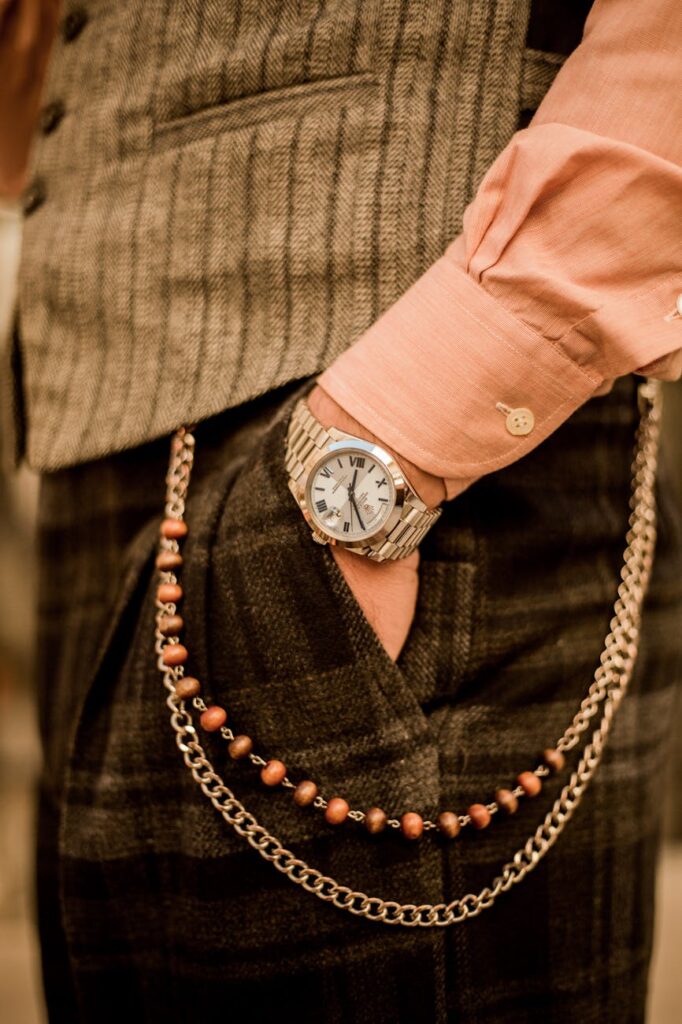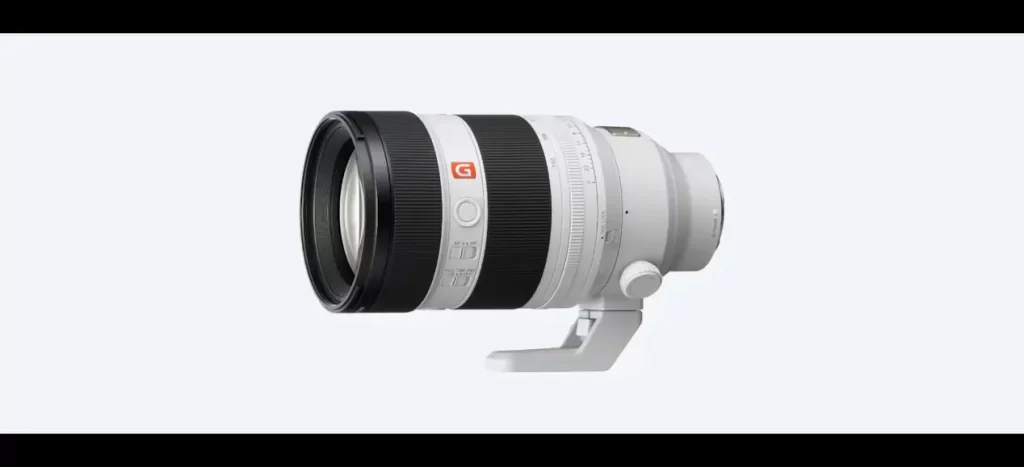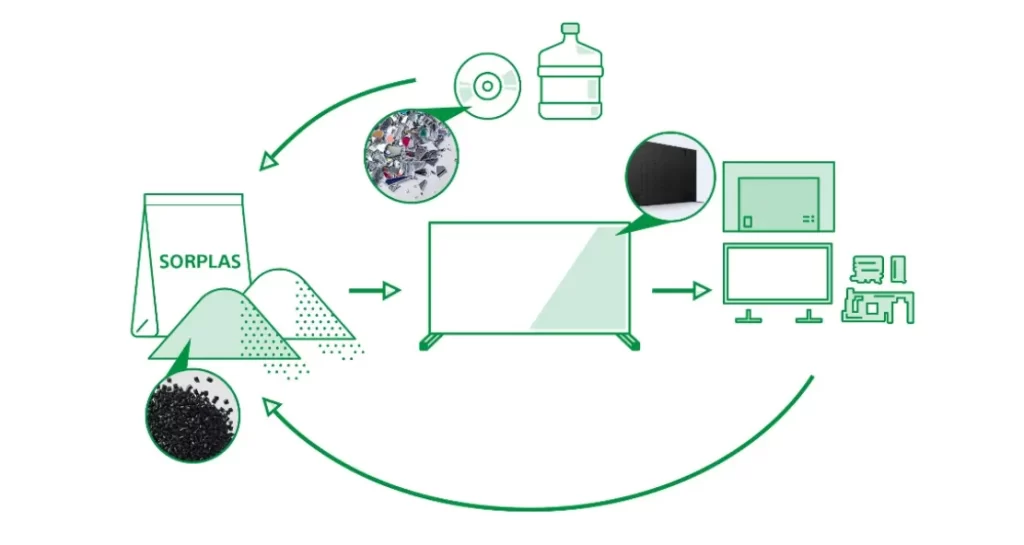Auto mode Photography with Huawei P10 Plus
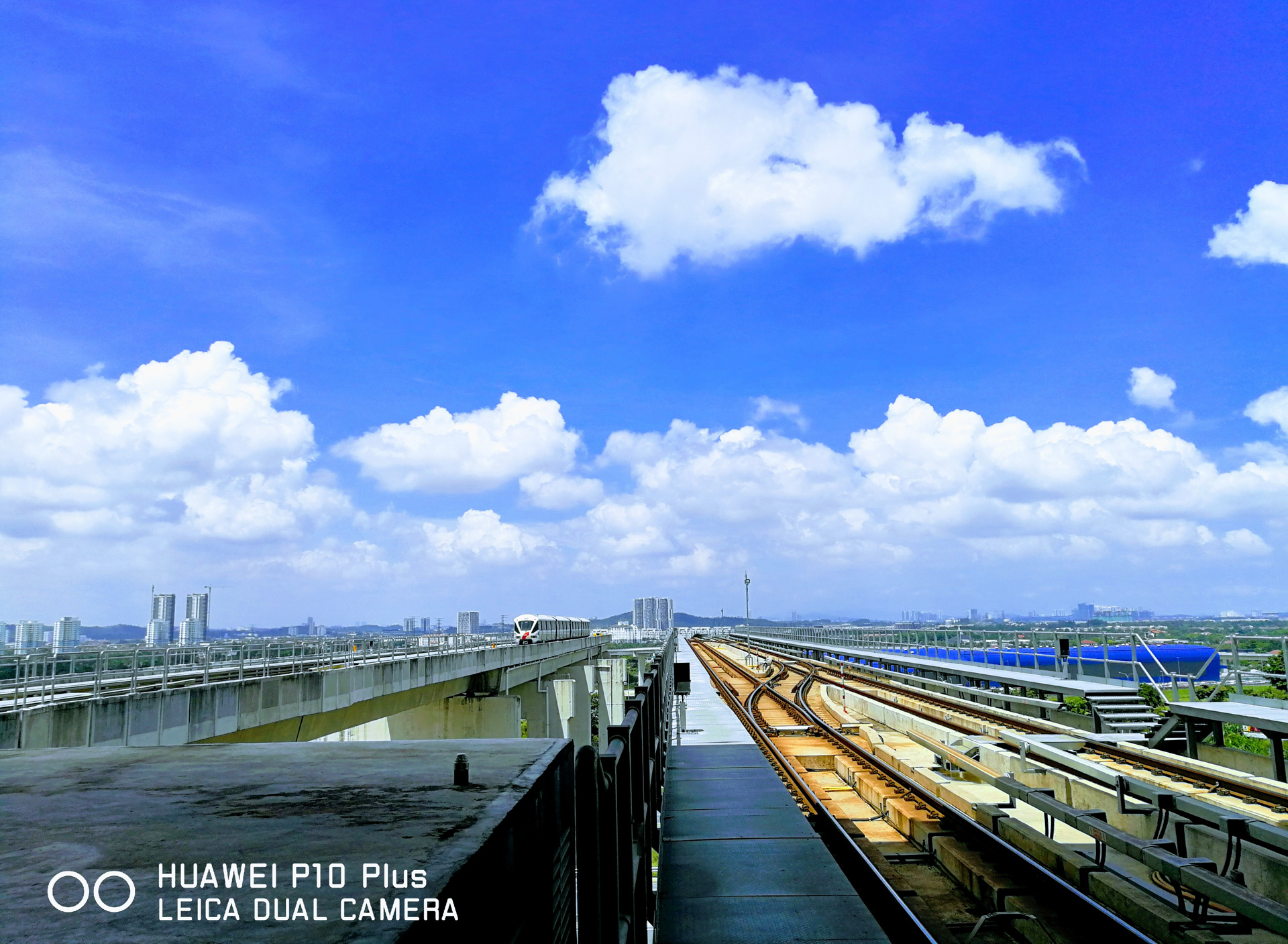
1/2100s f/1.8 ISO50, Auto mode, HDR mode ON, Vivid colour, no edit
Do you still remember the days when everyone is rocking a VGA resolution camera on their feature phones? Well, that didn’t stop us from taking photos or videos of something that we can barely recognise even on a computer, let alone through the low-resolution display on a feature phone. That shows how the people love taking photos because a picture is worth a thousand words.
Today, thanks to the advancement of the photography technology, smartphones are now capable of taking great looking photographs while keeping the size in check. In fact, a smartphone’s camera capabilities have become one of the important purchase decision factors for the buyers, be it if they are a photography enthusiast or someone who needs a family camera. The Huawei P series smartphones are designed to meet the demands of these consumers. Co-engineered with world’s renowned camera manufacturer, Leica, the new Huawei P10 and P10 Plus Leica Dual camera 2.0 makes sure that everyone can spend the least effort in taking stunning photographs.
What is Leica Dual Camera 2.0?
The first generation Leica Dual Camera was introduced alongside the Huawei P9 and P9 Plus. Co-engineered and certified by German camera manufacturer, Leica, the camera has received an overwhelming response from the consumers and Huawei manage to ship over 10 millions of P9 smartphones at the end of 2016.
The dual camera is consists of a colour sensor and a monochrome sensor. Each of the sensors has their own function in order to produce an amazing looking photograph. The moment you tap on the shutter button, the colour sensor would record the colour details then combined with the contrast details from the monochrome sensor to form a final image that is vivid in colours and sharp in details.
The second generation of the Leica Dual Camera is even better as Huawei upgrades the monochrome sensor from 12-megapixel to 20-megapixel, which means the photos are will have richer details than ever. Apart from sensor upgrade, the Huawei P10 Plus also received the lens upgrade, featuring a f/1.8 SUMMILUX-H lens.
Auto mode?
Check the image caption and description on how I took each of the following photos using the Huawei P10 Plus using only auto mode. Some photos do not have the Huawei watermark because I’m not a fan of slapping a big distracting text on a potentially good photograph. Nevertheless, I hope you can learn some tips on shooting auto mode with Huawei P10 and P10 Plus.
Landscape
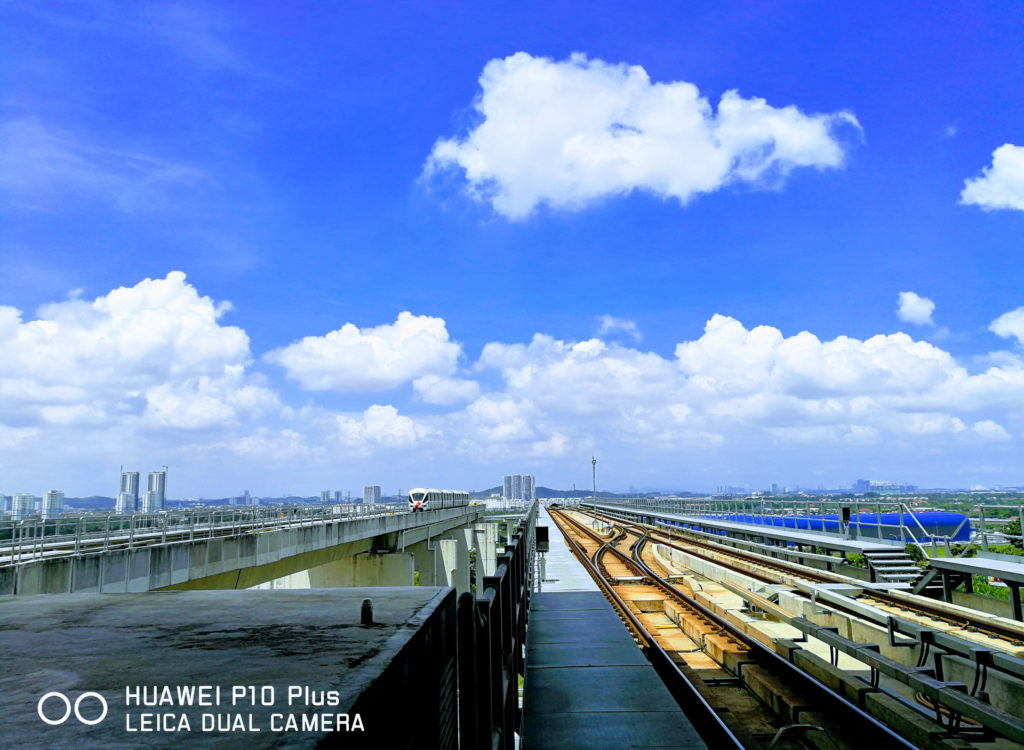
This photo was taken sometime around 2 pm when the sun is extremely bright. The bright sun is not always good because the photo has the tendency to be overblown with bright lights hence losing the contrast. Turning on the HDR mode will help in capturing the details in the bright spot as well as in the shadows. Turn on vivid colour mode to highlight the vibrant blue sky.
If you want to showcase the vast skyline, here’s a quick tip – make sure the sky takes up 2/3 of the image.
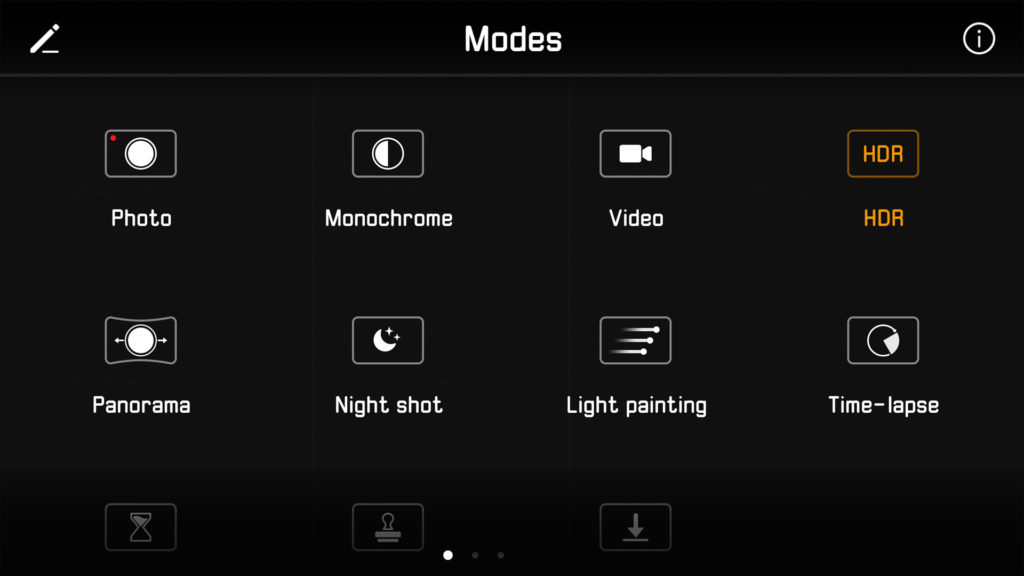
The HDR mode can be found in the shooting modes menu by swiping to the right.
Close-up (Macro)
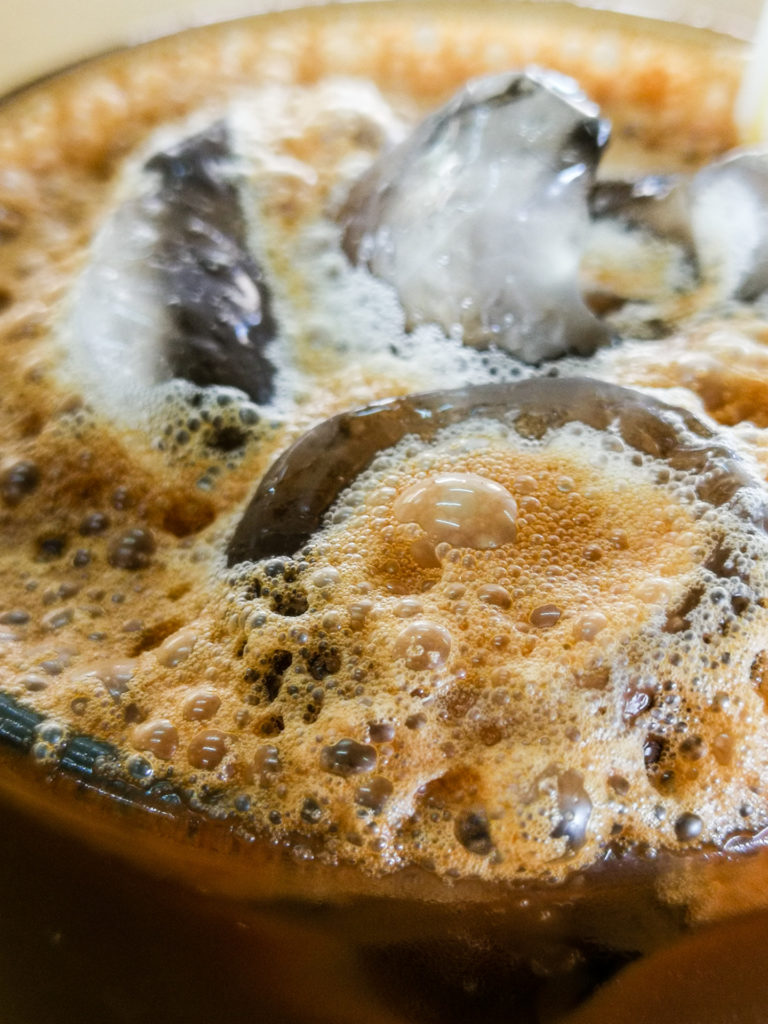
The camera also has a fairly close focusing range, around 4 cm. This photo of the iced coffee was taken by using the tap to focus function.
- Move the camera close to the subject.
- Tap on the display to focus.
- Snap the photo.
At this range, you can even produce a beautiful and detailed image with natural bokeh.
Extra tips for you is that, make sure the light source is coming from either left or right to further highlight the structure and texture of the subject.
Low light – Monochrome
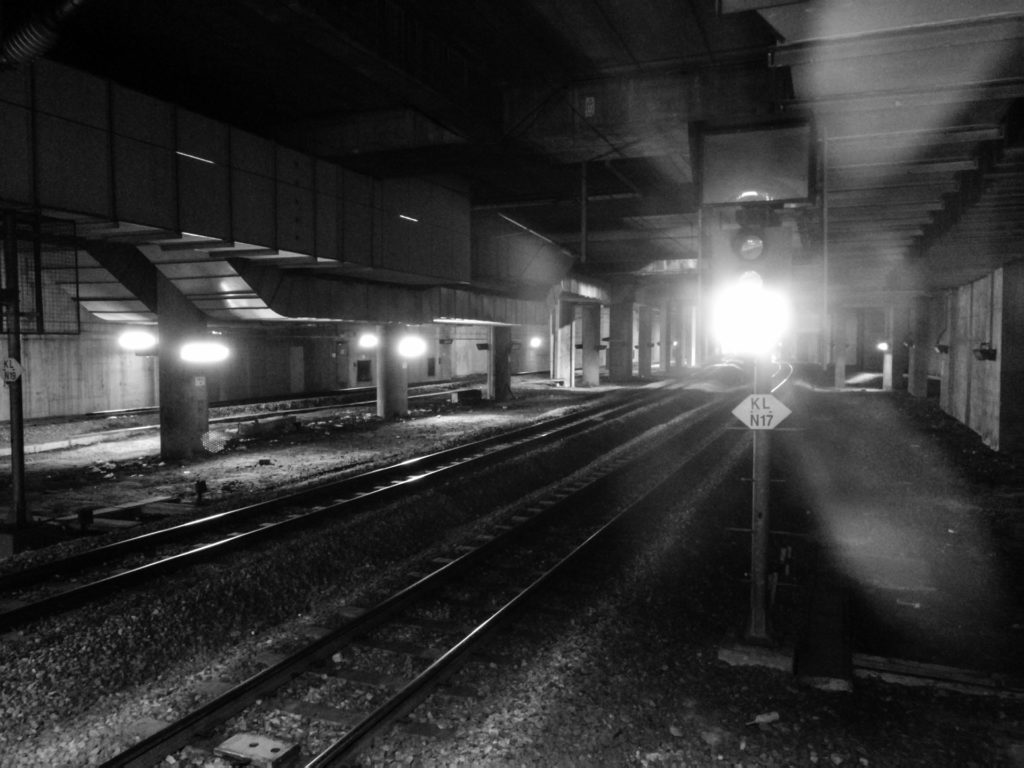
This photo is to showcase the eerie mood of the underground railway. I first took this photo in colour mode but found that the image does not carry enough “eerieness” because it is simply too dark. Upon switching to monochrome mode, I am surprised with the details the sensor is able to pick up. To reduce the chance of blurred image due to slow shutter speed in low light situation, I took the photo while having the phone supported against the handlebar.
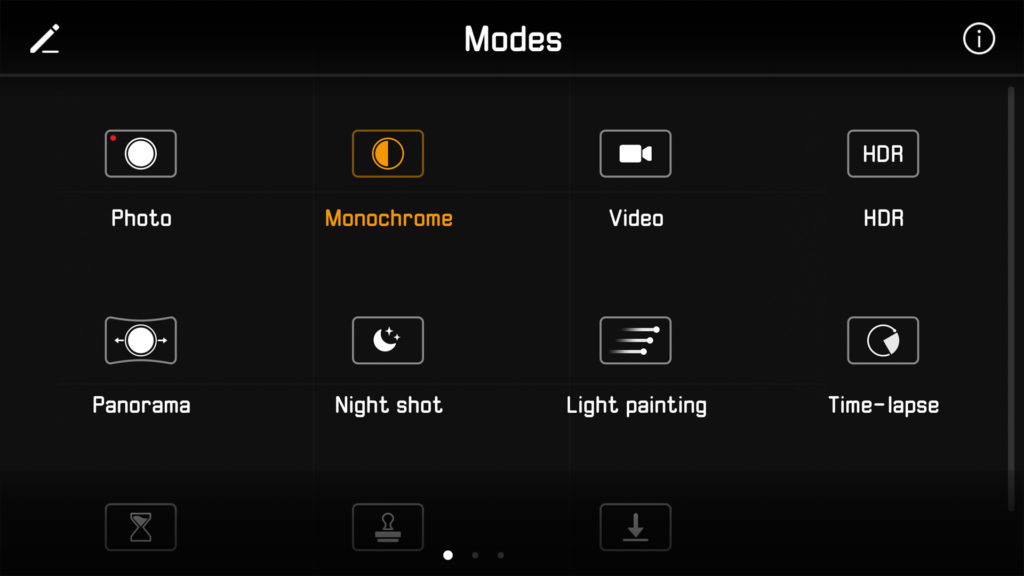
The Monochrome mode can be found in the shooting modes menu by swiping to the right.
Low light – Colour
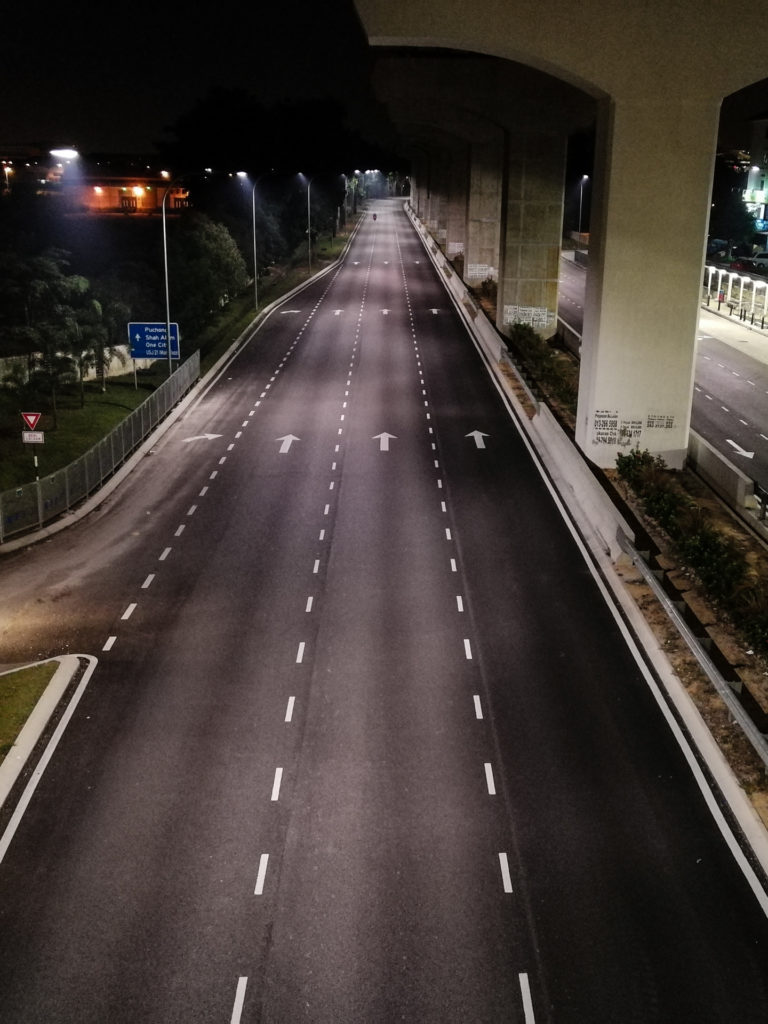
This low light shot of the night street is also done with the support of the handlebar. Low light shots are usually very tricky to pull off because most of the time the smartphone camera will struggle to balance between shutter speed and sensor sensitivity. Due to slow shutter speed, the shots we get are usually shaky and blur. If you don’t carry around a smartphone tripod, just look for a sturdy surface to support the phone when taking a photo.
Portrait Mode
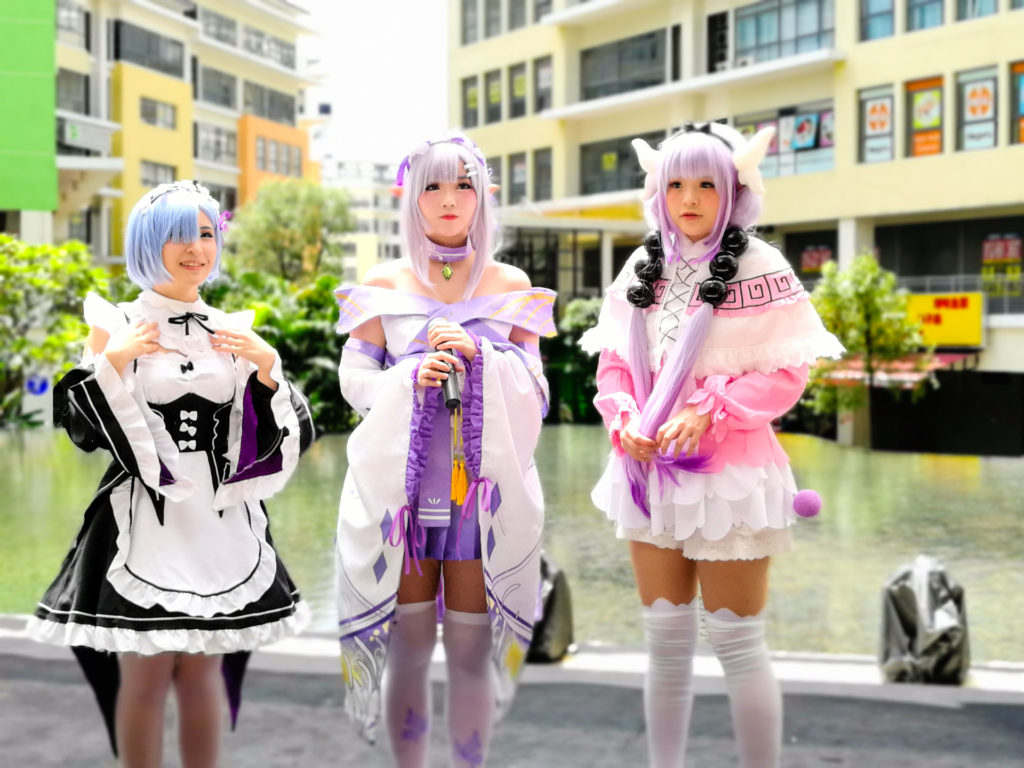
Moving on to the Huawei Leica’s Portrait mode. This feature is the latest addition to the Huawei P10 family which you can’t find in the P9 or the P9 Plus. Most of the time, the camera app will determine the best brightness level depending on the average brightness of the scene, the result usually ends with either the face of the subject is too dark or too bright.
The Huawei Leica’s Portrait mode is a special algorithm where it tracks the human face in the scene and adjusts the brightness of the photo so that the face of your subject is well lit and looks good. At the same time, the camera app will also apply the wide aperture effect to produce a dreamy background that further highlights your subject.
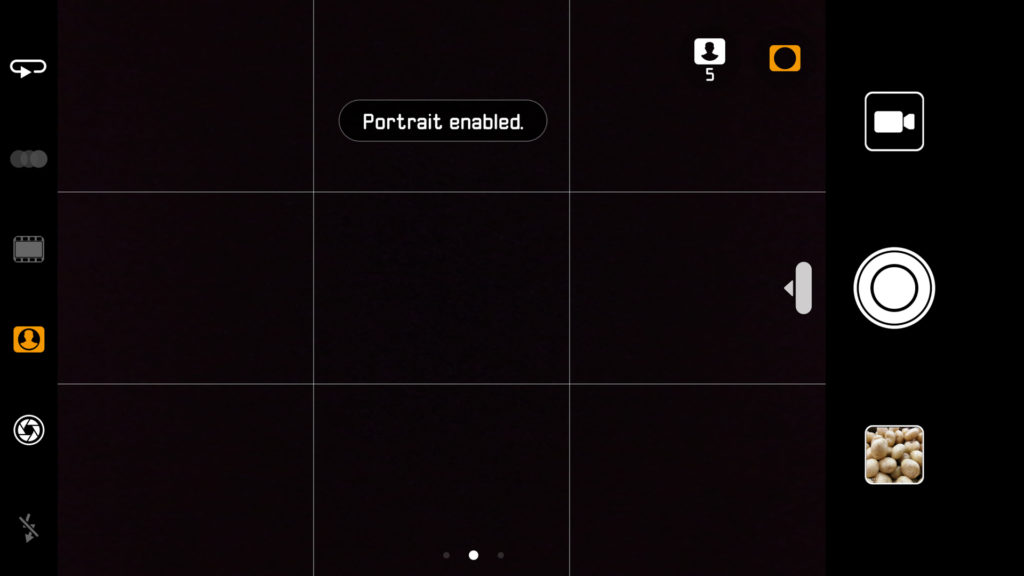
The Portrait mode is easily accessible from the small icon at the left.
Huawei P10 Plus Photo Gallery
Click on the image to load the slideshow.


